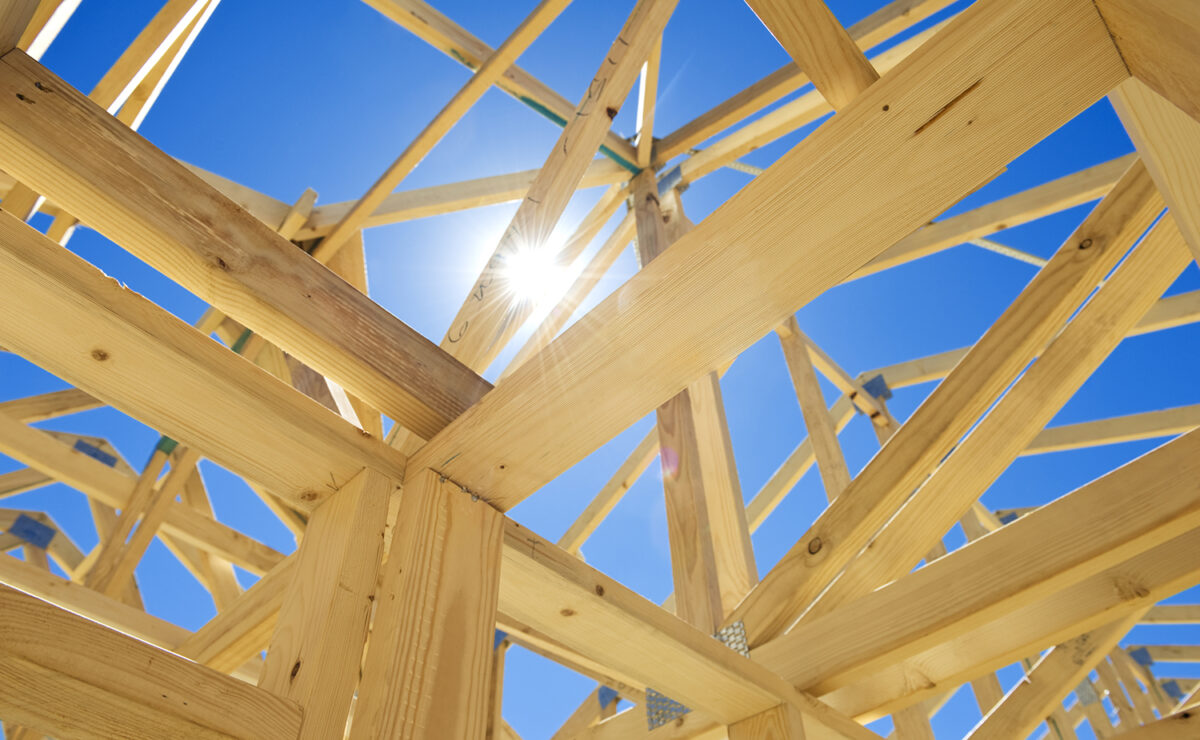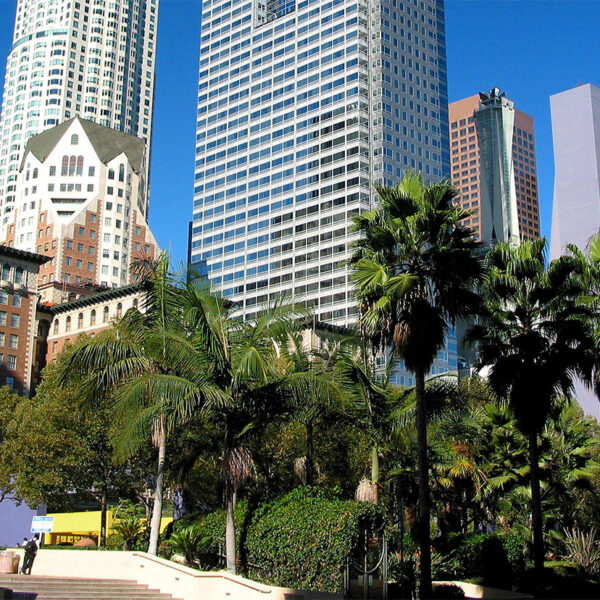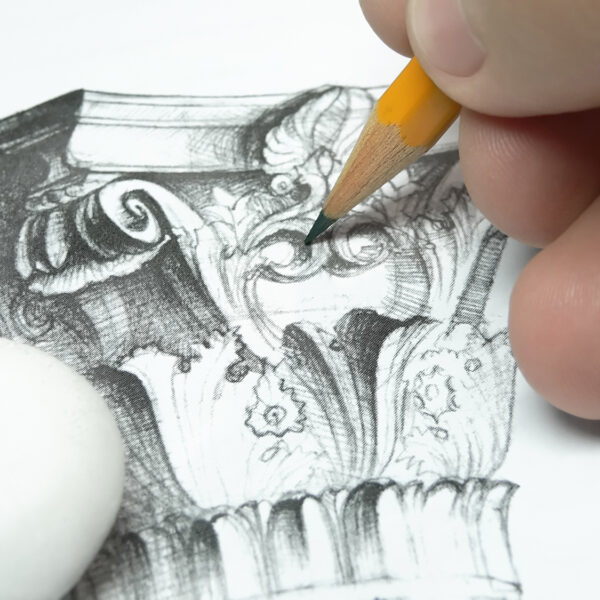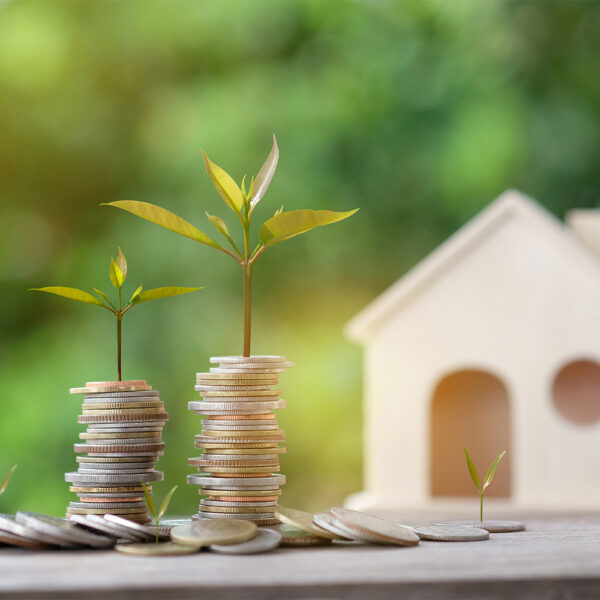Sustainable construction is a very interesting topic for us. Not only does it impact the future of our real estate business and the structures we help our clients buy and sell. It can help protect our planet for future generations to come. New innovations are happening every day in the field of sustainable home construction. Here are some of the production methods and materials that are helping change the construction industry for the better.
3D Printing
The advances of 3D printing in recent years have been astounding, and we’re only scratching the surface. It can be used to create scale models for architects looking to build better houses with more energy efficiency and durability. It can also be used to literally print building materials. Large-scale 3D printers are even being utilized to build complete houses from the foundation up. 3D-printed concrete can save a lot of time, money and energy compared to poured concrete. Plus, the molds are programmable and reusable over and over again.
Prefabricated Building Materials
More and more builders are using prefabricated building materials and designs. Most of the work is done offsite to create precast concrete slabs, laminated mass timber products and other building components that can then be put together to create a final structure. This offers a more efficient building process with less time and waste. Of course, these materials should be sourced from manufacturers who are applying sustainable methods in their factories. Otherwise, we’re just trading one concern for another.
Bendable Concrete
Bendable concrete is also called Engineered Cementitious Composite (ECC). It is a special type of material that contains polymer-derived fibers to increase flexibility. In other words, it is less rigid while at the same time being much stronger than conventional concrete. This is a great idea in a place like Los Angeles where earthquakes can strike at any time. Bendable concrete can absorb much more shock. It is also much more sustainable to produce, with lower carbon emissions.
Salvaged Materials
Old building materials and some recycled materials can be upcycled, reused and reengineered to produce excellent building materials. It can help keep waste out of landfills, and often can lower construction costs for savvy home builders who know how to source and use salvaged materials.
Organic Materials
There may be more sustainable organic building alternatives to traditional timber construction products. Bamboo is a good example. It is plentiful and regrows extremely quickly. It is also very strong and flexible, and the whole stem of a bamboo tree can be sourced for construction use. Mycelium is another interesting material made from a certain fungus. When dried and molded into building materials, it offers excellent resistance to water and fire damage—and ironically protection against mold and other fungi! There are numerous organic materials that are being used in sustainable construction practices, including cork, wool, straw, plant-based polyurethane foam and stone.
Builders are getting more creative as some traditional construction materials become more scarce and expensive. Others are looking toward the future and actively working to build more sustainable structures. There are many intriguing methods and materials out there, and new innovations are happening every day. We’re excited to see what new ideas come next!
For more information about sustainable construction and other similar topics, please visit the Holcim Foundation website.












